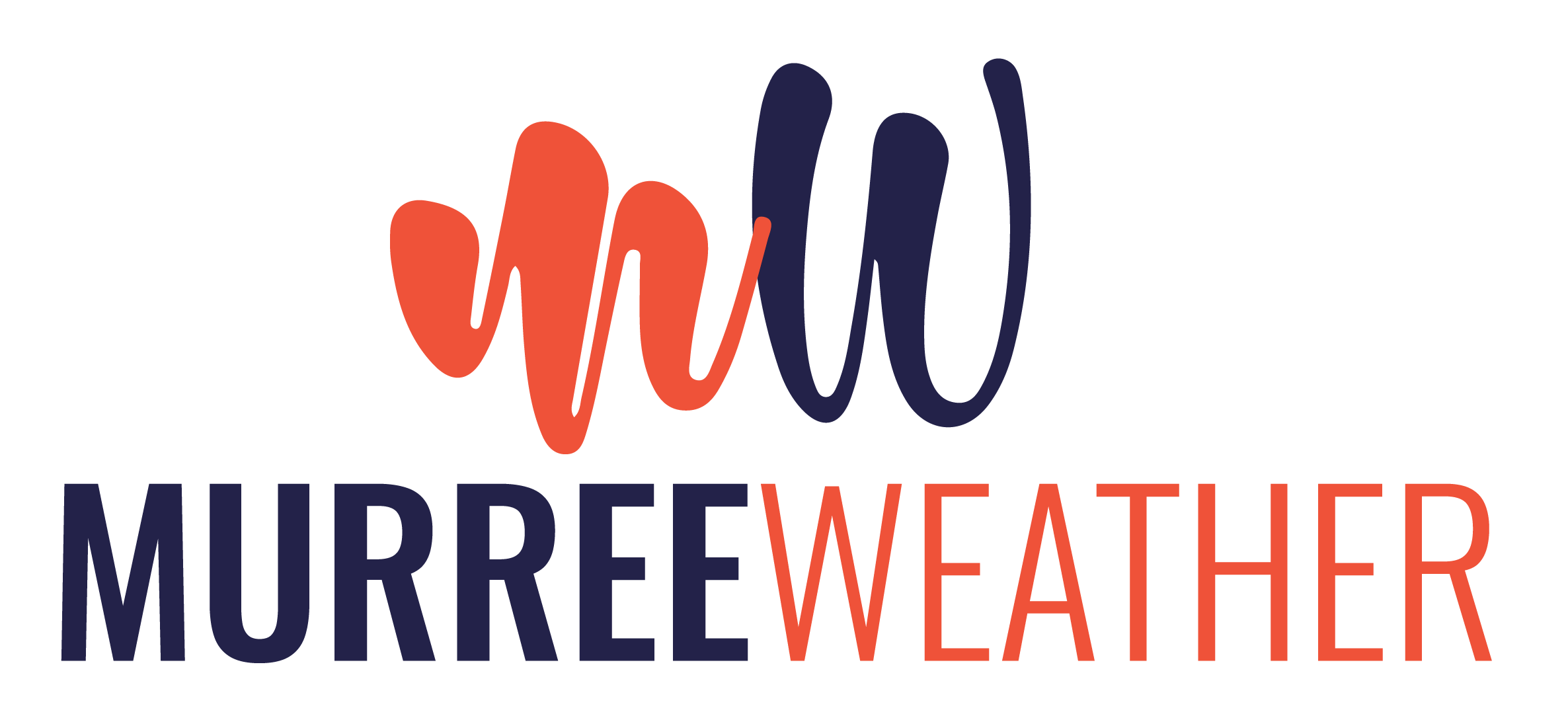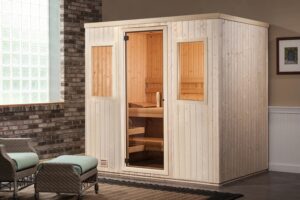When embarking on the journey of purchasing a log home, one of the most critical decisions you’ll make is choosing the log home mortgage lenders. A key aspect of any mortgage is the interest rate, and you’ll often have to decide between two main options: fixed-rate and adjustable-rate mortgages (ARMs). Each has its own set of advantages and disadvantages, and understanding the differences between them is crucial to making an informed decision.
Fixed-Rate Mortgages: Stability and Predictability
A fixed-rate mortgage, as the name suggests, comes with an interest rate that remains constant throughout the entire term of the loan. This stability is its most prominent feature, making it a popular choice for many log home buyers.
Predictable Monthly Payments
In the case of a fixed-rate mortgage, your monthly payments (both principal & interest) remain unchanged. This predictability can be a significant advantage, allowing homeowners to budget effectively and avoid surprises in their housing expenses. Whether interest rates in the broader market rise or fall, your mortgage payment remains steady.
Initial Lower Rates
ARMs typically start with lower interest rates than fixed-rate mortgages, making them an attractive option for those who want lower initial monthly payments. This can be particularly appealing for buyers who expect their income to increase in the future.

Rate Adjustment Periods
ARMs have specific adjustment periods, such as everyone, three, or five years, during which the interest rate may change. The new rate is typically determined by adding a margin to a reference rate like the U.S. Federal Funds Rate or the London Interbank Offered Rate also known as LIBOR.
Potential for Rate Increases
While ARM rates can start low, they carry the risk of increasing significantly over time, depending on the movement of the reference rate. This can result in higher monthly payments and financial uncertainty, which may not be suitable for all log home buyers.
Consideration of Caps
It’s important to understand the caps associated with your ARM. These limits dictate how much your interest rate can increase during each adjustment period and over the life of the loan. Caps provide some protection against extreme rate hikes.
Making the Decision
Choosing between a fixed-rate and adjustable-rate mortgage for your log home ultimately depends on your financial situation, risk tolerance, and long-term plans.
- Fixed-rate mortgages are ideal if you value stability and predictability in your monthly housing costs, are planning to stay in your log home for a long time, and can comfortably manage the potentially higher initial rates.
- Adjustable-rate mortgages can be a good choice if you anticipate a rise in income, plan to sell your log home in a few years, or are comfortable with the potential for rate increases in exchange for lower initial payments.
Before making a decision, it’s crucial to carefully evaluate your financial goals and consult qualified log home mortgage lenders who can help you navigate the complexities of log home mortgages.
Summing Up
Fixed-rate and adjustable-rate mortgages each have their unique advantages and drawbacks. By understanding the differences between these two options and considering your financial circumstances and plans, you can make an informed choice that aligns with your goals of log home ownership.





More Stories
Surety Bonds in San Antonio: Bridging Commitments Across Industries
5 Tips for Choosing the Best Insurance Agent in San Antonio, TX
What are the Requirements for a $255 Online Payday Loan?